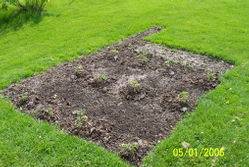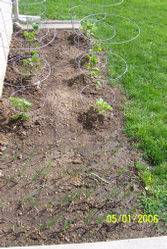G
Guest
http://www.maximumyield.com/past-issues-about-hydroponic-gardening.php
this is a good site just printed about 200 pages of articles off it about organic gardening
this is a good site just printed about 200 pages of articles off it about organic gardening










